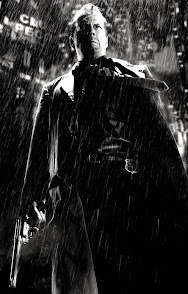Lighting
Lighting:
This picture uses filler light. This picture has top lighting as we can only see the woman’s face from the top left. The rest of the picture is dark meaning the light is only coming from above.The effect of these lightings is to put our focus onto the woman’s facial features and make us feel wonder what is down below.
The lighting in this image is high key. Shadows at his eyes, behind his nose, and on his neck are visible because to the usage of top key lighting. As a result, this image is seen as being more serious. The way the light is shown on him further emphasises the possibility that he is the primary character. The lighting in this image is high key. Shadows at his eyes, behind his nose, and on his neck are visible because to the usage of top key lighting. As a result, this image is seen as being more serious. The way the light is shown on him further emphasises the possibility that he is the primary character.
The picture uses back light to cancel out key lighting. The picture uses back lighting as the light is coming from behind the character and we can’t see anything else clearly. The effect of these lightings is to make us wonder what else is in the frame and what is going on.


The picture uses key light as everything in the frame is bright.The picture uses top lighting as the persons features are clearly accentuated and there are no shadows or silhouettes in the background.The effect of these lightings could be that there is bright light as the creator could want us to see and focus on the woman and what she could be praying about.
FILM NOIR:
style of filmmaking characterized by such elements as cynical heroes, stark lighting effects, frequent use of flashbacks, intricate plots, and an underlying existentialist philosophy.Film noir typically employs harsh lighting and effective shadows to compensate for low costs. Shots of characters shrouded by shadowing are famous, primarily when low-key lighting is used to produce suspicious shadows. Film noir relies on low-key lighting to create an uncanny atmosphere




Comments
Post a Comment